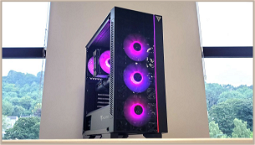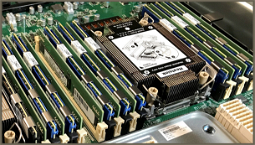Nvidia's A800 Compute GPU Price Surges in Chinese Market
The price of Nvidia’s A800 chips on the Chinese market has surged by 20% in just two weeks, as the chip maker’s flagship AI compute GPU draws the attention of the Chinese government. Concerns that the U.S. government will impose export restrictions on high-end chips like the A800 have sent ripples through the Chinese technology industry, as firms scramble to procure the latest generation of AI hardware.
Two weeks ago, the standard price for an Nvidia A800 compute GPU was around CNY90,000 (roughly $11,600) per unit. Today, that price is approaching CNY110,000 (roughly $14,000), marking a 20% increase in just two weeks.
The price hike comes amidst fears of a new export ban on high-end chips, as the U.S. government seeks to prevent Chinese technology companies from using American technology to build competitive military equipment.
Challenges in the Chinese Computing Industry
The World Artificial Intelligence Conference 2023 (WAIC 2023) highlights the issue of inflated chip prices, as well as a computational power shortage in China. Many Chinese technology firms have resorted to cloud computing services provided by companies like Amazon AWS and Microsoft Azure.
Leasing cloud GPU computational power is costlier than constructing own GPU computing clusters, as leasing cloud GPU power costs $2 to $3 (between $1.50 and $2.50) per hour per GPU. By comparison, building own datacenters costs $1 to $2 per hour per GPU.
However, uncertainty surrounds the future use of U.S.-based cloud computing services by Chinese vendors. “It is still unclear whether Chinese companies will use the US-based cloud services after the trade war ends,” says Li Qiang, chairman of the Penglai Strategic Research Institute.
“The US cloud computing services charge 50-100% more than their domestic services,” Li says, adding that “the future use of US cloud computing services by Chinese vendors is unclear, and depends on regulatory steps taken by the US government.”
The Chinese computing industry faces other challenges as well, notably a shortage of AI chips and difficulties in building AI computing clusters. Chinese semiconductor manufacturers are also urged to focus on chip manufacturing processes and software innovation.















